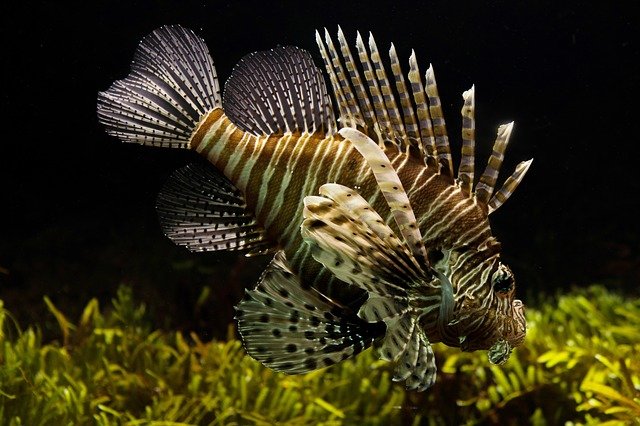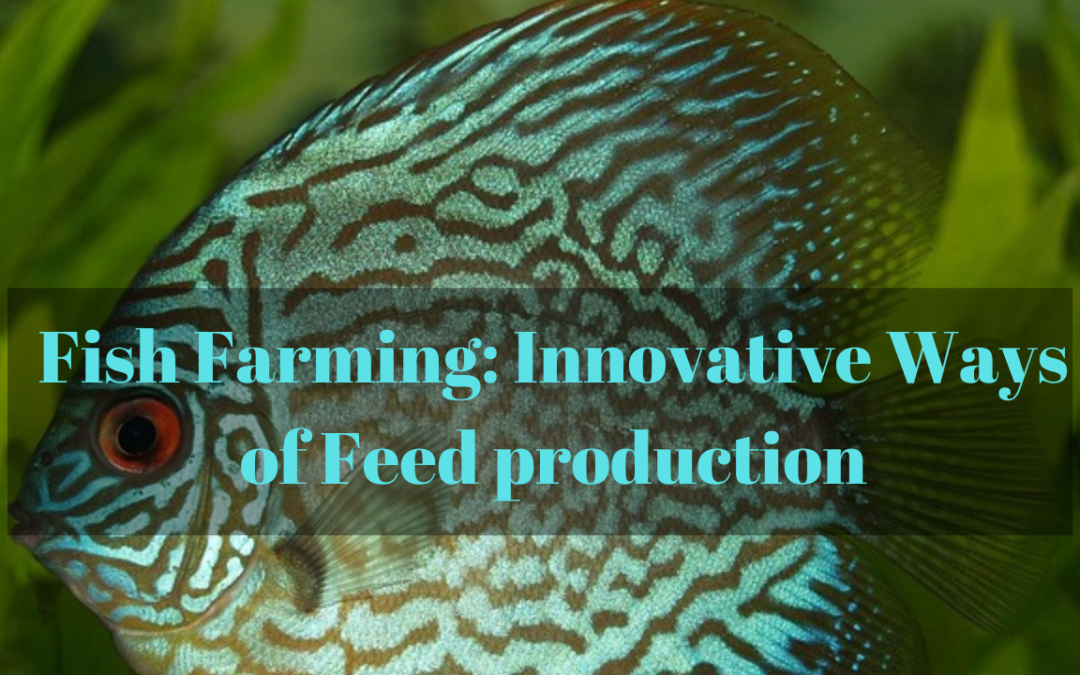The world is faced with depleting fish stocks and aquaculture provides solutions that could help in food security. Aquaculture has, however, been called out many times for challenging natural diversity. The use of technology and improved feed can help address the issue of sustainability. As much as aquaculture has expanded the availability of fish for many people globally; measures should be taken to ensure that the practice is sustainable.
Aquaculture sustainability can be improved greatly by increasing efficiency in feed production and conversion. This should be undertaken as a way of reducing the environmental impact of fish farming and to also help conserve natural resources. Research and innovation should be given priority to help enhance a better understanding of farmed fish and seafood. Innovative feeds can then be developed to help keep the fish healthy and also boost productivity.
Over the years, fish farming has been faced with diverse issues that affect the environment such as disruption of natural biodiversity due to the escape of fish back to the sea; environmental degradation as a result of the site’s location, and a build-up of fish wastes that creates a build-up of harmful algal blooms.
Inputs and Technologies
Fish feed that’s used in aquaculture is made using a combination of dried fish, a filler such as wheat, and fish oils, and the materials are never getting cheaper which makes it difficult for fish farmers. As the prices of fish feed continue to soar, fish farmers are seeking alternative ways to make the feed available without having to spend costly amounts on the same. There are proteins and nutrients that are available in the wild fish and their alternatives can only be found in some types of insects.
Farmers should adopt the use of plants and insects to help improve productivity while also ensuring the use of sustainable feed.

Innovative ways of Improving Feed
Improvement in technology has contributed to a reduction in the amount of fish used in making fish meals. It takes less amount of fish to raise fish species such as salmon than it did take a few years ago. There have been researches and studies aimed at improving nutrition and production systems. As a way of ensuring sustainability in feed production; fish farmers are opting for feeds with alternative protein content.
The use of mealworms has been proven to be an affordable alternative to feeds made using wild fish stocks. The use of mealworms in feed ensures high quality and has a protein content of about 55 – 70%. This acts as a good replacement to the fish-based feed that has a protein content of about 65-70%. Mealworms are most preferable when compared to other types of insects that are used for making feed due to their high protein content. Through the use of technology, the feeds are produced on a large scale which makes them available to the many fish farmers that are seeking sustainable ways of feed conversion.
P.S: – For more information on sustainable fish, farming visit EAT Community and interact with a team of expert farmers from diverse fields.



